
PlantFiles Pictures Lambstails, Pink Mullamulla 'Joey' (Ptilotus exaltatus) by sunnyg
Let them dry out some below the soil line. If they sit dry for too long, they will begin to lose lower leaves. Even though they are succulent a thorough watering when necessary is best so that all of the roots are moistened. A plant in a 4" (10 cm) diameter pot should dry out slightly below the soil line, then water with about 1/2-3/4 cup.

PlantFiles Pictures Lambstails, Pink Mullamulla 'Joey' (Ptilotus exaltatus) by dawndoll2
Grow your Lamb's Tail cactus in a well-draining, sandy soil such as a mix for cacti or succulents. House plant potting soil amended with coarse sand is also acceptable. Lining the hanging basket with sphagnum moss helps retain moisture but watch for soggy soil to avoid root rot. Feed the plant in the spring with a controlled-release 20-20-20.
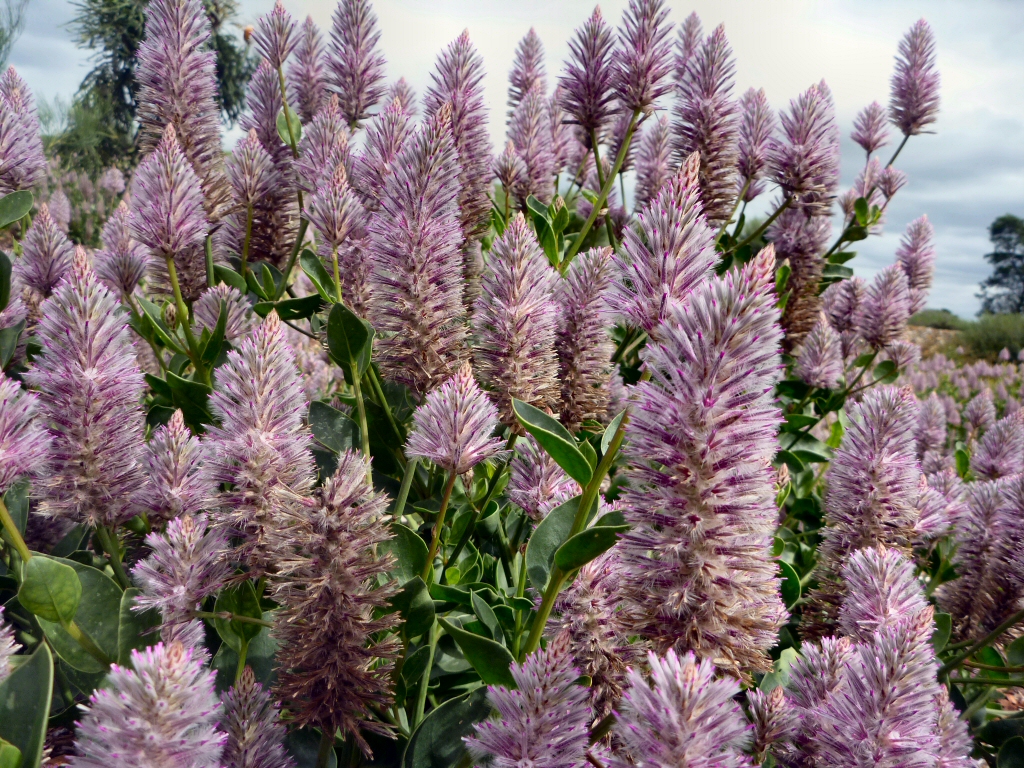
Ptilotus exaltatus ‘Joey’ Mulla Mulla Gardening With Angus
The planting holes should not be any deeper than the pots they were originally growing in. To prevent overcrowding, space the plants at least a foot (30 cm.) or so apart. Although lamb's ear doesn't require much in the way of fertilizer, you can add a bit of compost to the holes prior to planting if desired.
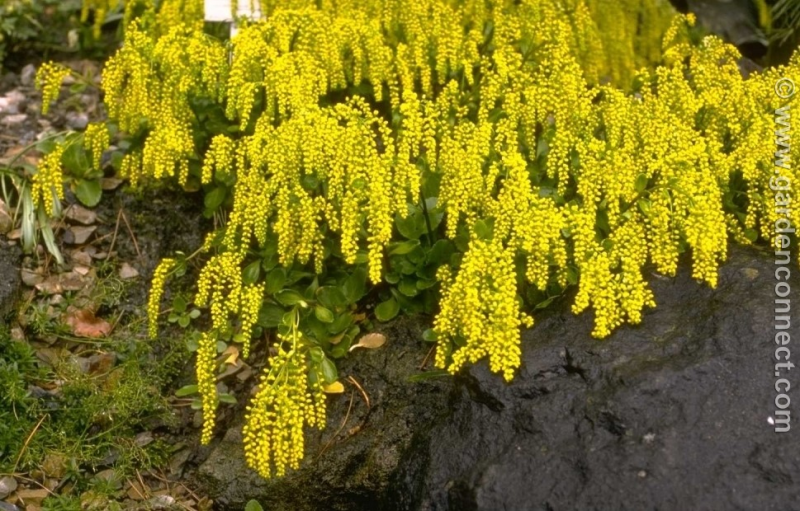
lamb's tail Plantguide Rushfields Plant Centre
Other Names: Lambs Tails Description: A short lived perennial treated largely as an annual; interesting conical flower spikes of silvery pink persist all season long; a beautiful, fine container plant or impressive when massed in the garden; tolerant of hot and dry conditions

PlantFiles Pictures Ptilotus, LambsTails, Pink Mulla Mulla 'Joey' (Ptilotus exaltatus) by
Division is best done in spring or early fall when the plant is actively growing. To propagate by division, dig up the clump and gently separate it into smaller sections, each with some roots attached. Replant the smaller sections in well-prepared soil and water thoroughly.

PlantFiles Pictures Lambstails, Pink Mullamulla 'Joey' (Ptilotus exaltatus) by dawndoll2
Lambs' ears. Lambs' ears is a well-known ground-covering perennial, popular for its soft, fluffy foliage. The leaves are often retained quite late into autumn or winter in mild areas, but the.

PlantFiles Pictures Lambstails, Pink Mullamulla 'Joey' (Ptilotus exaltatus) by sunnyg
Ptilotus exaltatus 'Joey' : A broadleaf semi-evergreen perennial with green foliage and pink flowers in summer and fall. It contributes fuzzy texture to the garden. To grow well, it prefers sun and occasional - low water. Drought tolerant once established. Grows best in well-drained and average soil. In need of something heat tolerant? This may be a good option. Plant type: perennial Plant.
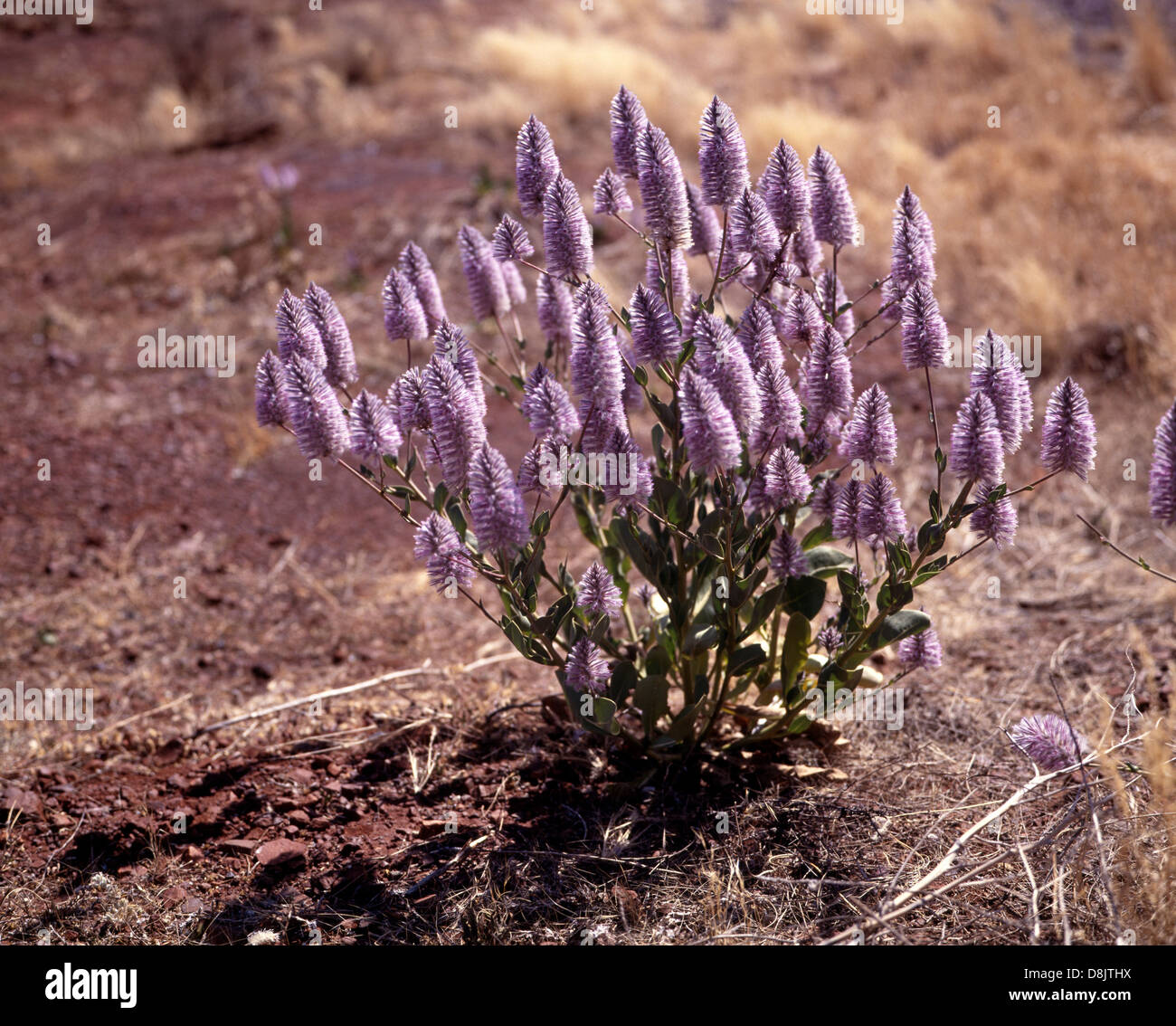
Mulla Mulla plant also known as Lambs tails or Ptilotus, Nr. Denham, Western Australia
Lamb's Ear Care. Here are the main care requirements for growing lamb's ear: Plant these fast-spreaders about 18 inches apart. Place in dry to medium-moisture soil in full sun but note they can be an excessively aggressive grower in rich soil. Avoid overwatering and only provide 1 inch of moisture a week.
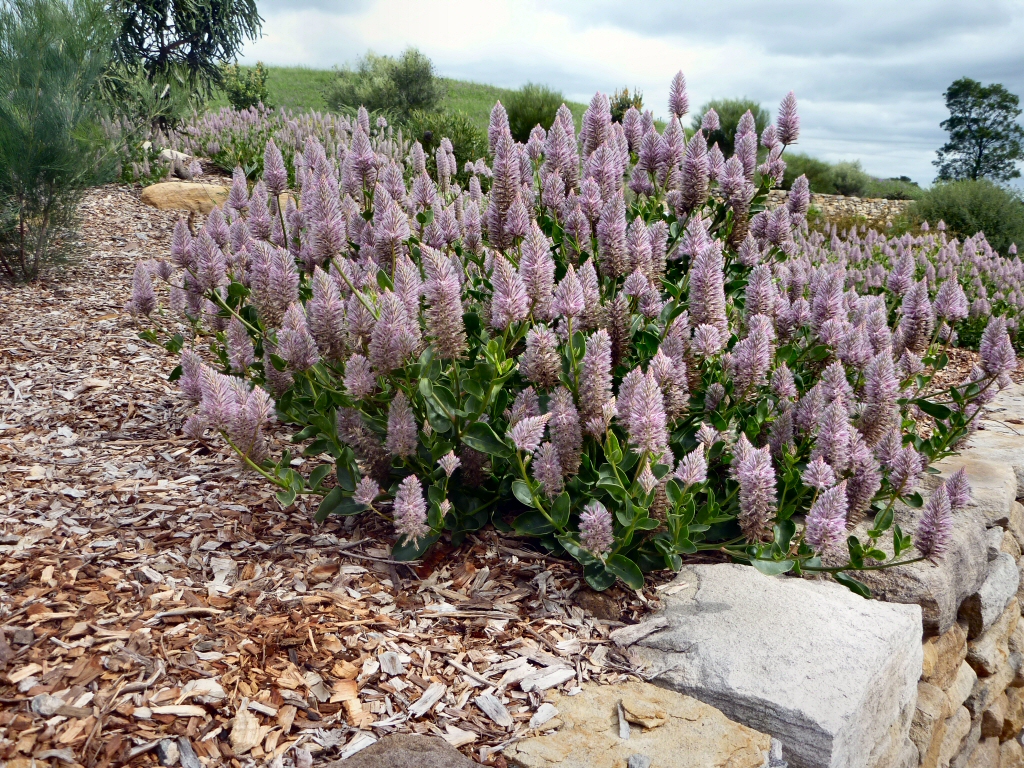
Ptilotus exaltatus ‘Joey’ Mulla Mulla Gardening With Angus
Growing 'Joey' Lamb's Tail Ptilotus Seeds. Sow Ptilotus seed in cell packs or flats, press into soil and barely cover. Needs light to germinate. Kept at 75-80° F., germination is in 5-15 days. Transplant into the garden 8-10 in. apart after all danger of frost.
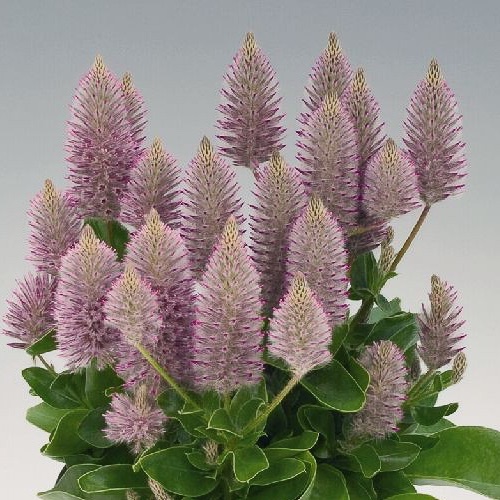
Ptilotus Seeds Joey Lamb's Tail Annual Flower Seeds
Check out the largest plant identification database in the world. Read plant and insect reference guides at Daves Garden.

Lambs' tails (hazel catkins), Knockaunroe turlough, February 2019. History photos, Natural
Type: Herbaceous perennial. Bloom: Racemes of small yellow dangling pea-like flowers in spring. Size: 6-8" H x 6-12" W. Light: Partial shade (needs afternoon shade in southern part of its range) Soil: Poor to moderately fertile, moist, well-drained. Hardiness: Zones 5-9. Care: Low maintenance. Pests and Diseases: Snails and slugs may be a.

'Lambs Tails' Plant A Photographer, Lambs, Corn, Plant, Vegetables, Fruit, Spring
Growing On: 6-8 weeks after sowing transplant. Use a well-drained media, pH 5.5-6.5. Day neutral, but a light summation flowering response. Higher light levels promote shorter, better-branched plants with larger flowers. Grow at 70-74 °F. Avoid temperatures below 60 °F. Moderate to high fertilization levels are required.

PlantFiles Pictures Lambstails, Pink Mullamulla 'Joey' (Ptilotus exaltatus) by amorecuore
Sedum morganianum (Donkey's Tail) is a beautiful succulent with many stems covered with thick fleshy glaucous blue-green leaves. The stems.. View Plant Details. Explore our list of succulents commonly known as "Lamb's Tail," each with a plant profile, including care tips and photos. The list is being continually expanded.

PlantFiles Pictures Lambstails, Pink Mullamulla 'Joey' (Ptilotus exaltatus) by sunnyg
Plants from Australia and are heat and drought tolerant. Treated as an annual in most of the USA, since it has such a small area of hardiness. Flower head looks like pink bottlebrushes above grayish grass-like foliage. Inflorescence begans as silvery, then pink tips on individual florets and finally the entire inflorescence is pink.
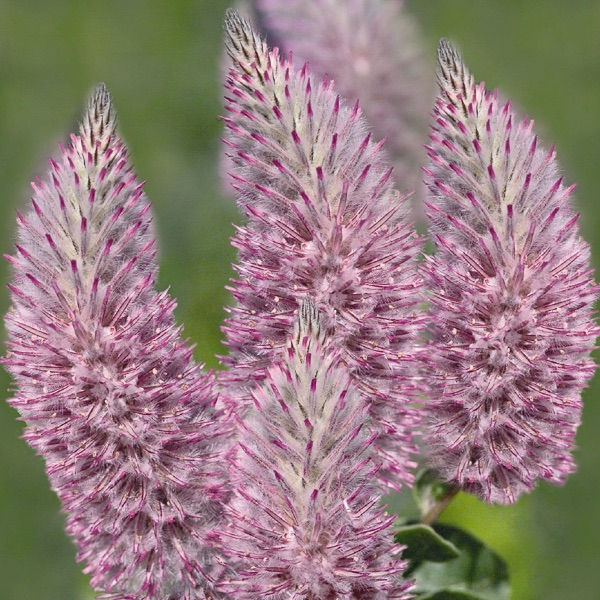
Ptilotus Seeds Joey Lamb's Tail Annual Flower Seeds
Donkey's tail (Sedum morganianum) is a popular succulent with rows of fleshy, tear-drop-shaped leaves that are blue-green.Native to Honduras and Mexico, mature specimens of the donkey tail plant grow slowly and steadily but can reach trailing lengths of up to 4 feet long in six years time (though the average length is closer to 24 inches).

Ptilotus cv. Platinum Wallaby Lamb's Tail Pretty flowers, Planting flowers, Flower garden
MrsBinWY. On January 1, 2020. Seeds sown. 'Solar Yellow' - 16 groups (all) of tiny seeds from janinilulu (commercial for 2020) in milk jug (try 2-4w @ 64-72 degrees; 4-6w @ 25-39 degrees; and germinate @ 41-54 degrees) Plant database entry for Lamb's Tail (Umbilicus oppositifolius) with 13 images and 20 data details.